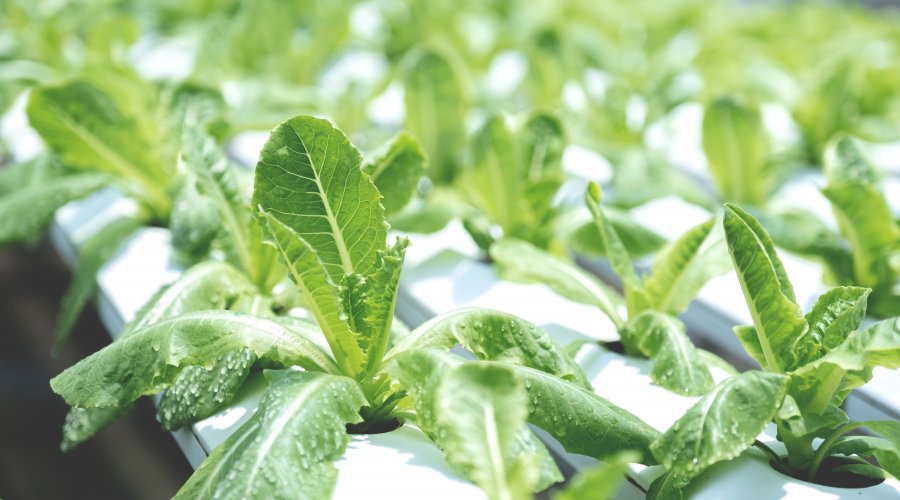Benefits and Types of Hydroponics Systems
- Sunday, 23rd Jan, 2022
- Admin

Hydroponics systems are soil-less, water-based cultivating processes. Rather than involving soil for plant nutrition, crops are taken care of to supplement rich water, invalidating a great deal of the baggage that accompanies soil-based strategies.
In this article, you'll get familiar with the benefits and types of hydroponics systems.
Enhanced plant yields: Hydroponic plants produce a more prominent yield of fruits and vegetables because in a hydroponic system plants are all the more thickly separated together compared with the size of land that would be expected to become a similar number of plants. Additionally, in a hydroponic system a large number of the components that can upgrade plant development can be better controlled.
Less water : Hydroponics systems utilize less water - however much multiple times less water - than traditional field crop watering techniques since water in a hydroponic system is caught and reused, rather than permitted to run off and deplete to the climate.
Locally grown: Indoor hydroponic systems permit plants to grow almost anywhere all year round.
Less space: Hydroponics systems arrive in an assortment of plans including vertical stacking systems that take up a limited quantity of space.
There are several types of hydroponic systems. Some of them are
Plant roots develop down through a medium while a spongy "wick" draws nutrient-filled water off from a water repository to the root system zone. The developing medium takes into consideration air to arrive at the roots.
Plant roots hang partially in supplement filled water while the upper piece of the root system is exposed to air .
Plants are situated on a drifting surface with their roots hanging in supplement filled water. An aquarium-type pump supplies oxygen to the water which is gotten by the roots.
Plant roots develop through a medium. Supplement filled water is pumped consistently to the root zone region and permitted to drain once again into a water repository.
Plant roots develop through a medium. The growing medium takes into consideration oxygen to arrive at the roots. Supplement filled water is pumped to the highest point of the medium, permitted to permeate down to the root zone, and afterward depleted back to a water repository.
Plants are situated on a drifting surface hanging in a box that is somewhat shifted. The plant roots hang with the upper piece of the root system presented to air . The bottom part of the roots is presented to supplement filled water that is pumped into the box at the upper quality. The water streams past (down) the other root systems and back into a water repository.
Plant roots are situated in an enclosed space and exposed to air (oxygen) where consistently nutrient-filled water moves through the enclosed space or is showered by means of a fog.
Hydroponics systems are among the most harmless to the ecosystem that you can utilize when you need to develop crops. While you might not be able to avoid utilizing chemicals totally with this sort of system, you ought to essentially decrease how much herbicides and pesticides that are expected to deal with your farm.